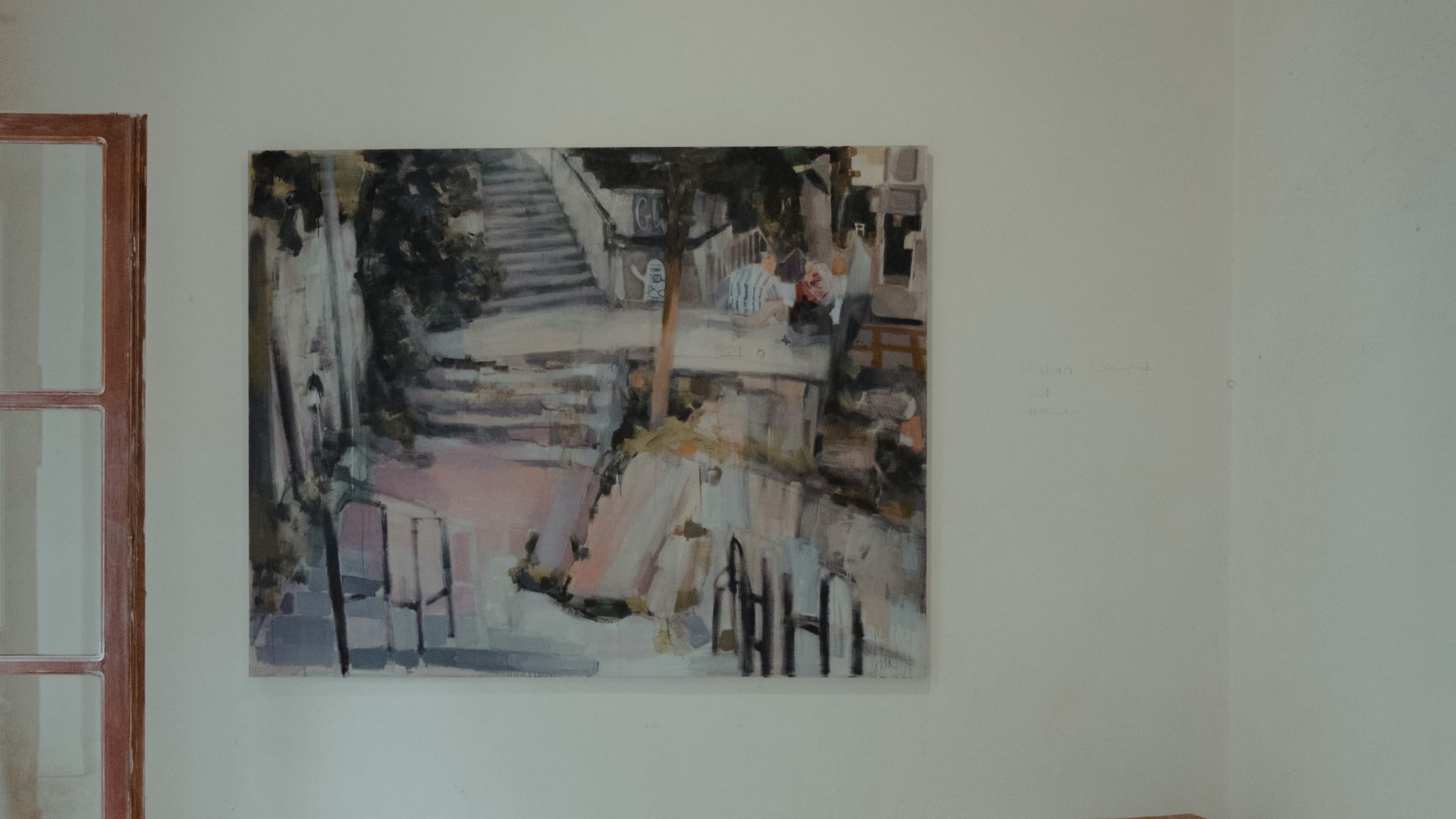When diving into the world of painting, choosing the right type of paint can significantly impact your artistry and budget. The cost of wall paint for canvas is often a consideration for artists exploring their options. Let’s navigate this terrain and compare the cost of wall paint for canvas to other paint varieties to help you make an informed decision.
Understanding Wall Paint for Canvas
Characteristics and Composition
Wall paint, primarily designed for interior or exterior walls, comes in various compositions like latex, acrylic, or oil-based. These paints are formulated to cover large surfaces efficiently and withstand weather elements or household wear.
Application on Canvas
Using wall paint on canvas involves adapting its characteristics to suit the canvas texture and absorbency. Typically, it requires thinning, priming, or adding mediums to ensure proper adherence and longevity.
Cost Comparison
Wall Paint vs. Artist-Grade Acrylics/Oils
Artist-grade acrylics or oils are specifically formulated for art purposes, offering a wide range of colors, finishes, and pigments. While these paints come at a higher price point, they offer superior color vibrancy, durability, and archival quality compared to wall paint.

Price Per Ounce/Gallon
On average, wall paint is more cost-effective per ounce or gallon compared to artist-grade acrylics or oils. However, due to the need for priming, additional materials, and adjustments for canvas application, the overall cost may vary.
Cost-Efficiency Consideration
For large-scale projects or backgrounds in art pieces, utilizing wall paint can be a cost-efficient approach. It’s particularly beneficial when the specific nuances of artist-grade paints are not a primary concern.
External Resources:
- Understanding Different Types of Artist Paints – Learn more about the characteristics of various artist-grade paints.
- Choosing the Right Paint for Your Art – A guide to selecting paints based on artistic needs.
- Canvas Painting Techniques – Explore various painting techniques suitable for canvas, including using wall paint.
So,…
While wall paint can be a cost-effective option for certain artistic endeavors, its adaptation for canvas requires additional steps and considerations. Artist-grade paints offer specialized qualities tailored for artistry but come at a higher cost. Understanding the balance between cost and artistic requirements can help artists make informed decisions when selecting paints for their canvas creations.
Remember, the choice between wall paint and artist-grade paints ultimately depends on your artistic vision, budget, and desired outcome. Experimentation and exploration often lead to innovative and unique artistic expressions.
Let’s explore further into the nuances of using wall paint on canvas and how it compares to other paint options.
Adapting Wall Paint for Canvas
Priming and Surface Preparation
Canvas surfaces differ from walls, requiring proper priming and preparation before applying wall paint. Priming helps the paint adhere better and prevents issues like flaking or cracking over time.
Thinners and Mediums
Wall paint, designed for broader surfaces, tends to be thicker than artist-grade paints. To adapt it for canvas, thinners or mediums might be necessary to achieve the desired consistency and texture suitable for painting.
Color Variety and Mixing
Wall paints often have limited color options compared to artist-grade paints, which offer a broader spectrum and specialized hues. Artists may need to mix wall paint colors to achieve desired shades, potentially affecting the consistency and finish.
Considerations for Artists
Longevity and Archival Quality
Artist-grade paints undergo rigorous testing to ensure longevity and archival quality, crucial for artworks intended to last. Wall paint, while durable for walls, might not offer the same level of archival protection for canvas art.
Artistic Precision and Detailing
For artworks requiring intricate details or precise brushwork, artist-grade paints provide better control and precision due to their formulation specifically for fine art applications.
Cost-Benefit Analysis
Consider the trade-off between cost and quality. While wall paint might be more budget-friendly initially, artist-grade paints offer enhanced color vibrancy, pigment quality, and archival longevity, which might justify their higher cost for certain artistic projects.
Exploring Your Artistic Vision
Understanding the strengths and limitations of each type of paint allows artists to make informed choices aligned with their artistic vision. Experimentation with various paints and techniques empowers artists to explore new realms of creativity.
The decision to use wall paint on canvas or opt for artist-grade paints is a personal one, driven by artistic preferences, budget constraints, and the intended outcome of the artwork.
Comparison tabular
| Aspect | Wall Paint | Artist-Grade Paints |
|---|---|---|
| Composition | Primarily latex, acrylic, or oil-based | Specifically formulated for artistic purposes |
| Application | Requires adaptation, thinning, and priming for canvas | Ready for canvas application without major adjustments |
| Cost per Unit | Generally more cost-effective per ounce/gallon | Higher cost due to specialized quality and pigments |
| Color Range | Limited color options | Wide spectrum, specialized hues, and finishes |
| Longevity & Archival Quality | May lack archival quality for long-lasting artworks | Rigorously tested for longevity and archival standards |
| Suitability for Detailing | Less precision for intricate detailing | Offers better control and precision in fine artistry |
| Cost vs. Quality Analysis | More budget-friendly, lesser quality considerations | Enhanced quality justifying higher costs for artworks |
This table provides a concise comparison of key aspects between wall paint and artist-grade paints when applied to canvas. Understanding these differences can aid artists in making informed decisions based on their artistic requirements and budget considerations.
Wrapping up
While wall paint offers a cost-effective option for larger projects and backgrounds, it requires adaptation and might lack the precision and archival quality of artist-grade paints, specifically crafted for artistic endeavors.
Ultimately, the choice depends on your artistic vision. Experimentation with different paints, techniques, and surfaces can lead to innovative and captivating artworks. Finding the balance between cost, quality, and artistic expression is the key to creating remarkable canvas art that reflects your creativity.
Remember, each stroke of the brush is an opportunity to explore and create something truly unique. Whether you opt for the versatility of wall paint or the specialized quality of artist-grade paints, embrace the journey of artistic exploration and enjoy the process of bringing your vision to life on canvas.

For over a decade, I’ve been Mike, an artist, crafter, and designer deeply immersed in the Croc world. I thrive on crafting unique, size-inclusive patterns, fostering creativity, and sharing them on ktforum.com. My designs aim to ignite your creative spark and delight you, ensuring clarity and ease of use through rigorous testing. Join me in expressing your creative flair and showcasing your craft with joy.
Related Posts
- Exploring Temporary Art with Wall Paint on Canvas
When it comes to art, experimentation knows no bounds. Have you ever considered using wall…
- Exploring Alternatives to Wall Paint for Canvas Art
When it comes to creating stunning canvas art, wall paint isn't the only option in…
- Preserving Your Canvas Art: Understanding Wall Paint and Fading
Painting on canvas offers a beautiful, expressive way to create art. But when it comes…
- Using Wall Paint on Canvas for Children’s Art Projects: A Colorful Exploration
When it comes to fostering creativity in kids, art projects are an incredible way to…

